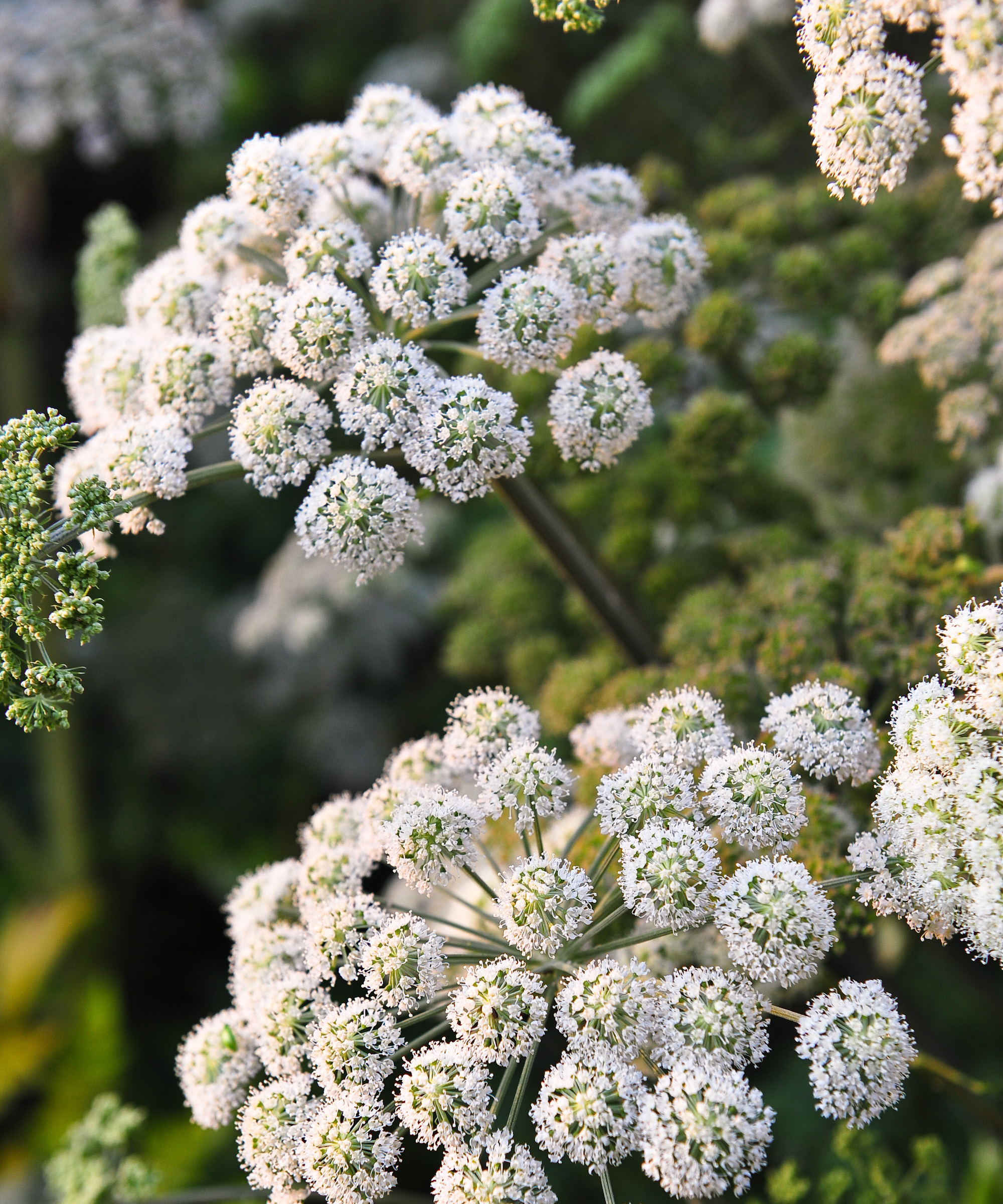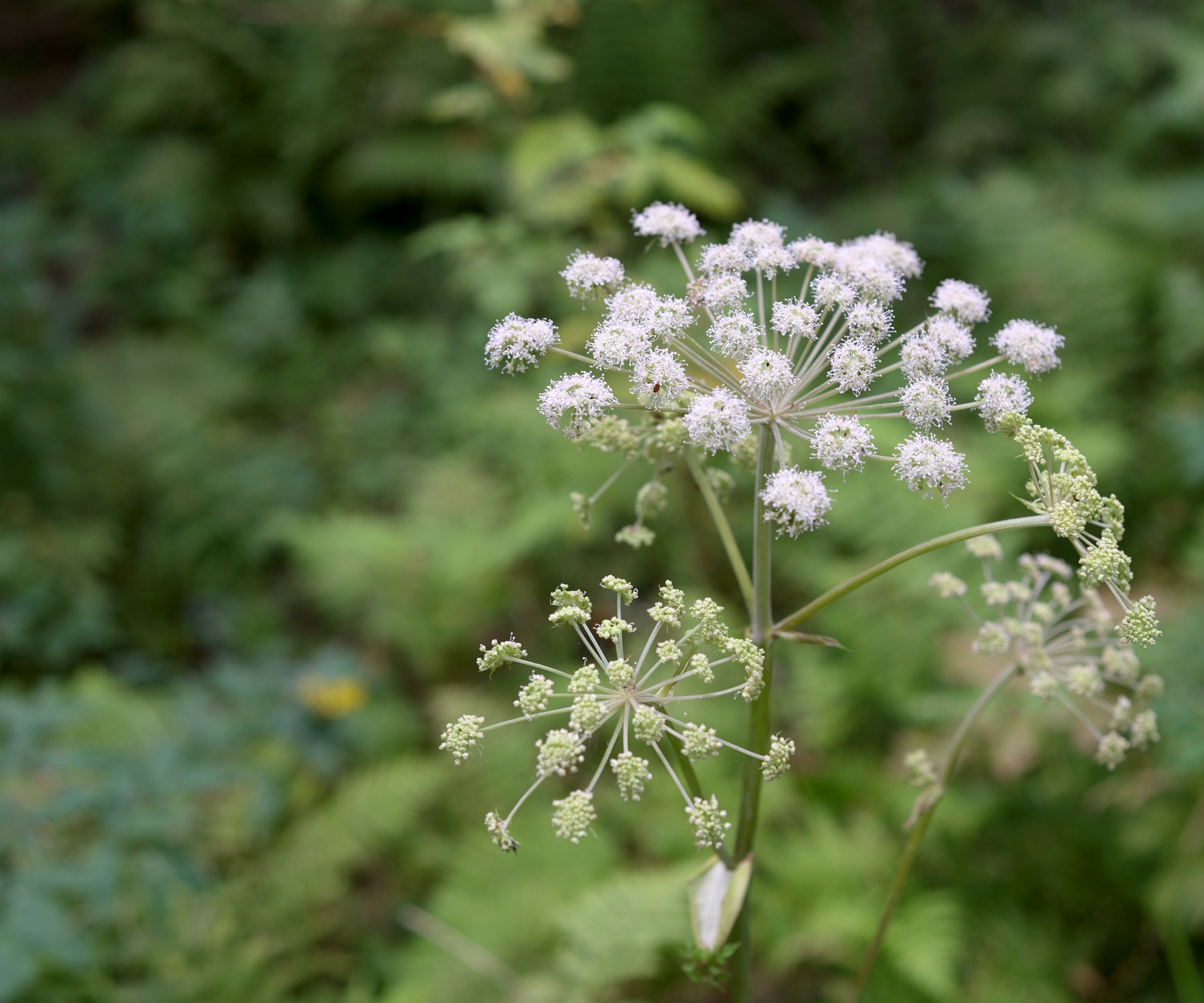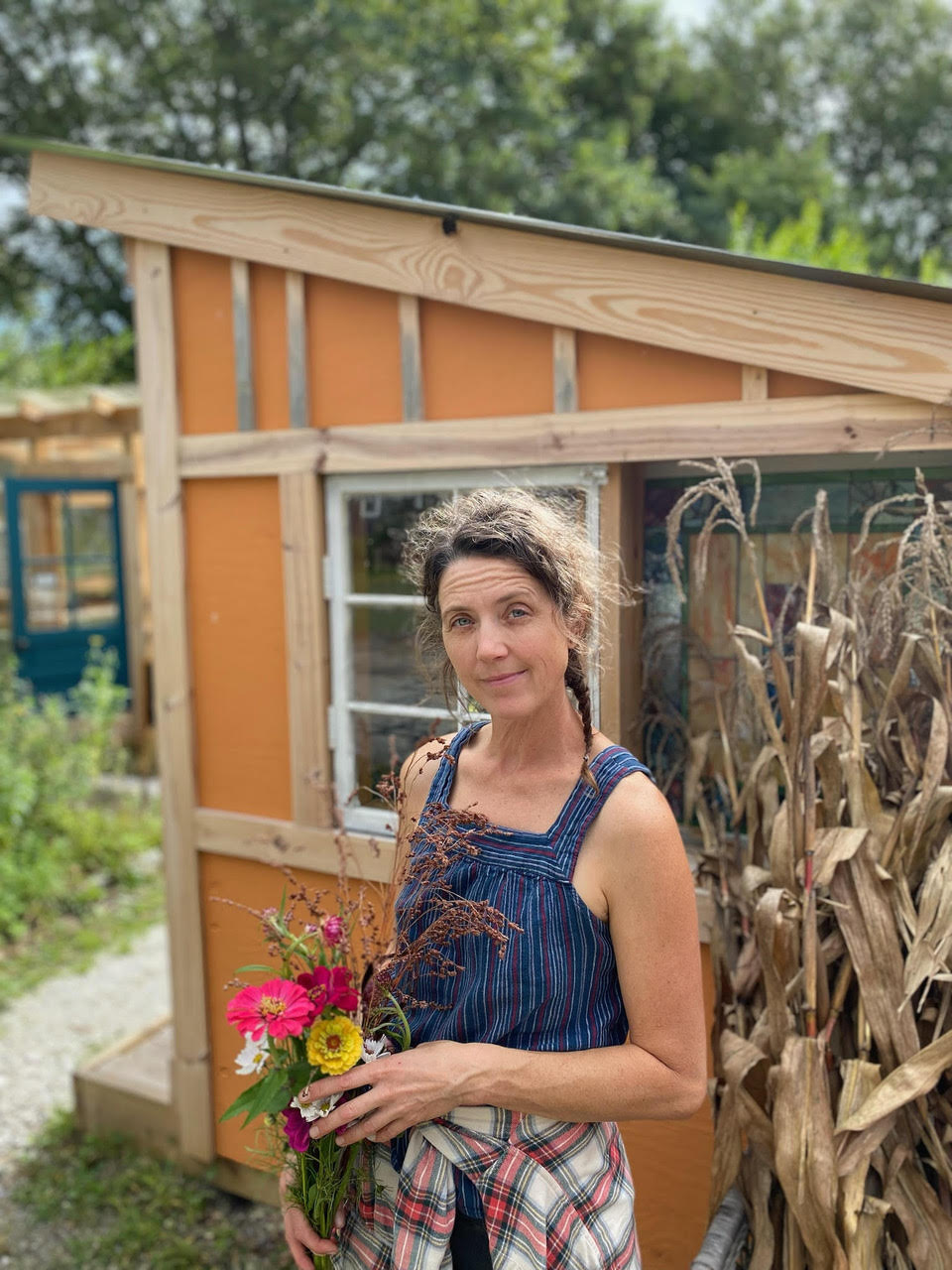How to grow angelica – expert advice on cultivating this medicinal and culinary herb
This towering, low-maintenance herb has a rich history of healing across multiple cultures


Angelica (Angelica archangelica) is a striking and aromatic biennial herb that brings both beauty and function to a mostly shaded garden. In the same plant family as carrots, parsley and celery, its greenish-white flowers are flat-topped umbels perfect for landing pollinators. Its hollow stems and bipinnate leaves grow up to 6 ft tall and favor partly shaded damp, cooler conditions.
Its presence in the garden may be ornamental, but for centuries angelica has served a purpose in the traditional medicinal and culinary arts. For example, its roots and seeds flavor gin and the liqueur Chartreuse, and its roots and leaves are transformed into herbal teas and tinctures for their digestive and anti-inflammatory properties.
Angelica has a rich history of use in cultures in North America and northern Europe. This should make it a top candidate on your list of herb garden ideas. Here we’ll share tips on how to grow this fascinating herb and share the ways it has been used in the kitchen and medicine cabinet.

How to grow angelica
The Angelica genus consists of about 90 species native to northern temperate and subarctic regions. It thrives in USDA zones 4-9 in moist, fertile soil with good drainage. While preferring cooler temperatures, it is adaptable to more temperate conditions.
As a biennial, angelica flowers in its second year of growth, doing so profusely in early summer through mid-summer. It self-sows prolifically, so is a reliable presence in the garden.
Growing habits of angelica

‘Angelica is very low maintenance in just about every respect,’ says Brooke Werley, creator of Emergence Gardens in South Dartmouth, Massachusetts. ‘I started my patch from seedlings in 2017 and planted a couple under a cedar tree on the edge of the garden where it is mostly if not completely shade. Here she has thrived and required absolutely no maintenance whatsoever, flowering in summer, self-sowing and continuing to come back every year.’
Start your own patch of Angelica archangelica from seeds available from True Leaf Market.
Design expertise in your inbox – from inspiring decorating ideas and beautiful celebrity homes to practical gardening advice and shopping round-ups.
Brooke has immersed angelica with other shade-tolerant herbs beneath that cedar tree such as lovage, valerian and nettle. ‘They all co-exist nicely and don't crowd the others out,’ she said. ‘The tricky part with those can be telling the valerian, lovage and angelica apart if you don't have a discerning eye. It's similar to how some will mistake parsley for cilantro.’
Angelica’s roots have long served a medicinal purpose. ‘As with any herb harvested for roots, you want to wait until the second or third year to gather,’ Brooke advises.
She indicates that the roots have treated various ailments such as colic, gastrointestinal issues and catarrh (post-nasal drip), and is helpful as a general immune boost.
‘In some Indigenous Turtle Island cultures it is considered a good spirit, bringer of good luck and banisher of evil spirits,’ Brooke explains. ‘It seems these communities share this sentiment with monks and nuns from the Middle Ages who planted the herb in their cloister gardens for the same reason.’

Brooke Werley is a grower, wisdom-seeker, and writer. She is the creator of Emergence Gardens, a project aimed at expanding our collective remembrance of how to live in harmony with the natural world through cultivating food gardens and direct connection with that which nourishes us. After many years of rambling our beautiful continent, Brooke is now settled in the Southcoast Region of Massachusetts with her family. There she grows alongside a backyard plot as well as 2 acres of preserved agricultural land focused on growing for the microlocal community.
Care guide for angelica

- Soil: Angelica prefers moist, well-draining soil with compost to improve the fertility and moisture of native soils. ‘The pH is on the acidic side, although I think that the range angelica thrives in is wide, so changing soil pH is not necessary,’ Brooke suggests. Check your soil’s pH with a test kit from Walmart.
- Light: Partial to full sun is preferred, depending on the climate. In cooler regions, angelica can grow well in full sun. In warmer climates, give angelica morning sun with afternoon shade.
- Watering: ‘It should remain moist but never with standing water,’ Brooke says. ‘Angelica definitely needs plenty of water, but from placement in wet places in the garden not from watering.’
- Pruning: Brooke sees just one issue of concern with angelica. ‘As far as growing is concerned, the only potential drawback is its spreading too much. Choosing a space out of the way where she can flourish unfettered is best. Any pruning or bulk removal would probably discourage the patch,’ Brooke advises. Find a variety of pruning tools fit for the job available from Amazon.
- Pests: ‘Not only does Angelica not seem to have any pests of note,’ Brooke says, ‘but also the umbel flowers actually attract beneficial insects!’
FAQs
Is angelica safe to consume?
Yes, but only Angelica archangelica is recommended for culinary use. Some wild varieties can be toxic, so always check and if you are unsure do not consume.
Can I grow angelica in a container?
The short answer is yes. Due to its size and deep roots, a very large container is needed for optimal growth.
Brooke says that in culinary circles, angelica is perhaps most famous for its use as an ingredient in bitters. ‘The taste is like an anisette or black licorice, and it’s used in Hendrick's Gin,’ she says. ‘The tender young stalks are also prepared candied, fresh or cooked, and are gathered similarly to celery.’
It’s possible you are growing culinary and medicinal plants in your own garden and didn’t even know. If you are interested in cultivating herbs, check out our guide to the easiest herbs to grow at home to kickstart your kitchen garden.

Ellen Wells is a horticultural communications consultant with 30 years experience writing about all aspects of the gardening world, and for GardeningKnowHow.com since 2024. She specializes in retail horticulture, vegetable gardening and tropical plants. Ellen is based in southern New England where she gardens in zone 7a.